The art of flirtation has been around since the dawn of civilization. Through coy glances, playful banter, and romantic overtures, humans have engaged in the timeless dance of courtship for millennia. As social mores evolved over the centuries, so too did the expressions used to convey romantic interest. Join us on a journey through time as we explore the historical highlights of flirting and pickup lines.
Courtly Love and Chivalry in the Middle Ages
The concept of courtly love flourished between the 11th and 15th centuries, heralding a new era of flirtatious gallantry. Knights wooed noblewomen by extolling their virtues in flowery prose and poetry. Traits like beauty, grace, and virtue were elevated to divine levels by smitten men.
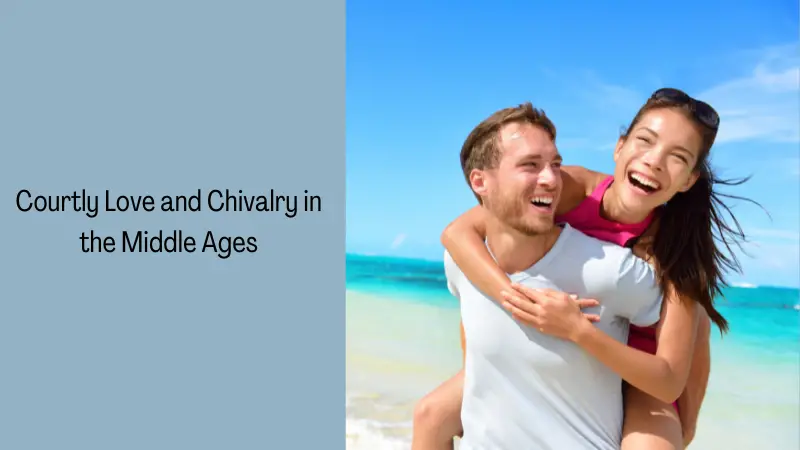
Elaborate codes of chivalry dictated strict rules around appropriate romantic expressions. A knight might wear his lady’s colors during a tournament as a sign of affection. Or he could spear her dropped kerchief during a jousting match to symbolize his eagerness to fetch items for her. Though seemingly tame by today’s standards, these gestures signified true devotion in medieval times.
The Renaissance: Wordplay and Innuendo
As religious dominance waned in the 14th-17th centuries, flirtation took on playful, sometimes risqué overtones. Clever wordplay and double entendres flourished, allowing lovers to exchange provocative banter couched in coyness.
Shakespeare’s works provide the most famous examples of this coquettish linguistic dance. “Shall I compare thee to a summer’s day?” he famously wrote, borrowing from the poetic language of courtly love while adding his own twist.
Directness in the 18th Century
The rationalism of the Enlightenment era encouraged more direct expressions of affection. Flowery metaphors gradually fell out of favor, replaced by sincerity and frankness. Artificial sentiment gave way to genuine emotion.
Straightforward pickup lines like “You are beautiful” or “I enjoy your company” signified romantic interest. Suitors focused on personality and values rather than idealized traits. Women also gained more freedom in initiating courtship.
Scientific Flirtation in the 19th Century
As science and technology advanced in the 1800s, some began approaching romance as an academic endeavor. Flirting manuals instructed would-be Casanovas in logical seduction techniques. Phrenology – the pseudoscience of reading head bumps – was employed to determine compatibility based on personality traits.
Pickup lines reflected scientific fascinations too: “Let us conduct an experiment to ascertain how well we react together” or “Might I interest you in a deep phrenological reading?” While misguided in hindsight, these expressed a spirit of experimentation.
Unchained Sensuality in the Roaring 20s
Following the corseted Victorian era, flappers of the 1920s celebrated physical freedom. Changed attitudes around premarital intimacy abounded. With petting parties and unescorted dates, romantic interactions took on an air of sensuality.
Provocative invitations reflected the devil-may-care mood: “Hey handsome, let’s make sparks ignite” or “How’s about we get out of here and I show you the real Charleston?” Even seemingly innocent phrases carried saucy undertones.
From Flower Power to Disco Nights: Flirting in the 60s and 70s
The sexual revolution of the 1960s promoted free love and carnal pleasure over conformity. Hippies espoused peace, harmony, and intimate connections. Pickup lines exuded playfulness: “What’s your sign, beautiful?” or “Wanna drop acid and talk philosophy?”
In the 1970s, disco culture encouraged dancing, revelry, and casual flings. Lines included “Come here often, gorgeous?” or “Care to join me for a night you won’t forget?” Love and lust intermingled freely on dance floors awash in glitter.
Modern Directness: Cutting to the Chase
In today’s fast-paced, technology-driven world, romantic expressions tend toward directness once again. With dating apps and increased transparency around desires, subtlety has fallen away. Many prefer to state intentions outright rather than rely on innuendo or gestures.
Straightforward lines like “I find you very attractive” or “Want to grab a coffee?” get right to the point. This clarity makes romantic communications easier to navigate in the modern era.
Through the Ages: Hallmarks of Classic Flirtation
Despite vast cultural shifts, certain timeless behaviors define our flirtatious dances: quick wit, mental agility, playfulness, charm, and confidence have always been alluring. Symbolic gestures that convey care and consideration remain essential. A DIRECT approach, whether bold or tentative, is key to initiating potential connections.
So while the phrasing shifts with the times, the song remains the same. The longing to love and be loved carries through the ages. No matter the era’s trends, we all desire meaningful bonds. And the coy rituals of courtship offer pleasurable paths to forging those human connections.
Frequently Asked Questions About the History of Flirting
How did people flirt before the modern era?
In much earlier times, romantic overtures were more ceremonious and formal. Gestures like writing poetry, singing ballads, and wearing a lady’s favor at tournaments conveyed interest indirectly but clearly within the context of restrictive social mores.
When did pickup lines become part of popular culture?
Pickup lines as we know them today really emerged in the 20th century alongside dating rituals like singles bars and events. Their usage in movies, books, and other media propelled them to prominence.
How did technology impact flirting?
Technology enabled quicker connections but often stripped away subtle context clues. Video chat and texting allowed for flirting across distances, but minus the richness of body language and vocal cues. Dating apps prioritized speed over nuance.
What are some similarities in flirting across eras?
Despite vast cultural differences, flirting fundamentally expresses romantic interest and attraction. Clever wordplay, provocative suggestions, humor, and physical gestures have always spiced up courtship rituals.
Which period in history had the most elaborate flirting customs?
Medieval times ushered in sweeping codes of chivalry that shaped formal courtship conventions. But the Renaissance era also allowed wordplay and innuendo to flourish. Both periods had highly developed, intricate flirting styles.
In Conclusion
The art of flirtation provides timeless thrills and an exhilarating way to express desire. Though phrases and customs change, the longing for love remains constant. With its playful wit, gentle provocations, and subtle signals, the ritual dance of courtship retains its power and pleasure through the ages. We need only have the confidence to engage in this beautiful back-and-forth as old as civilization itself.

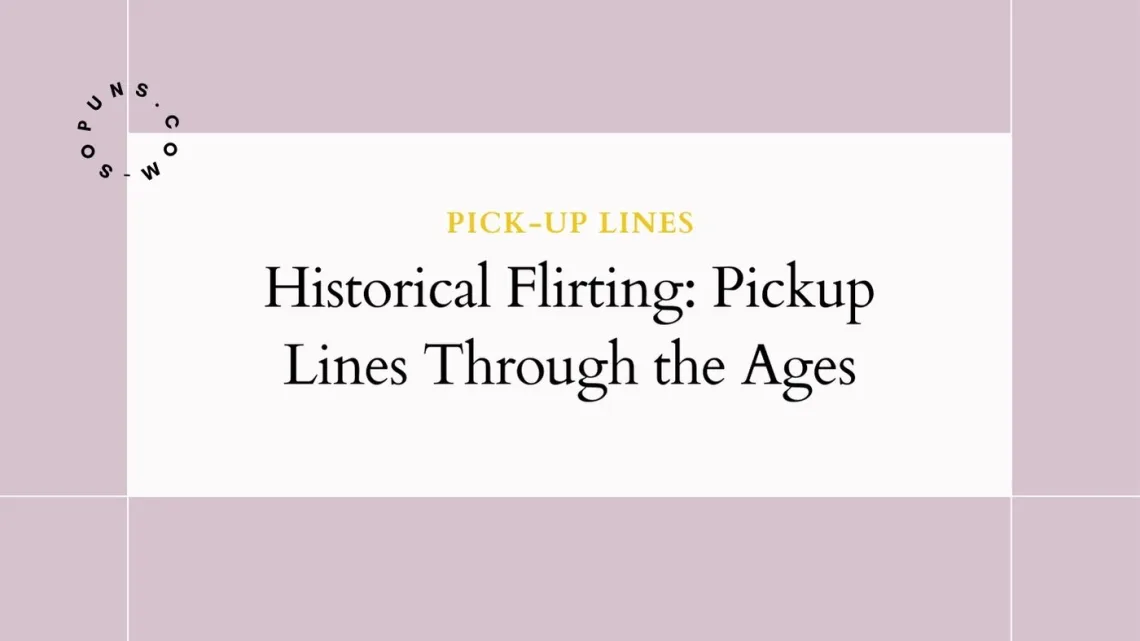
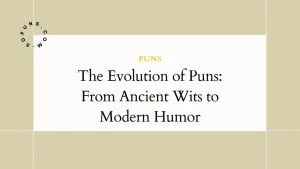
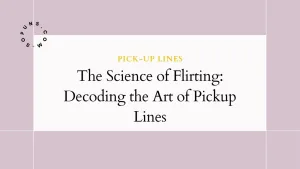

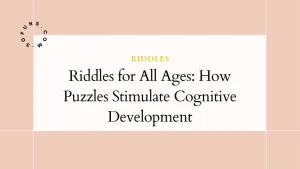
No Comments